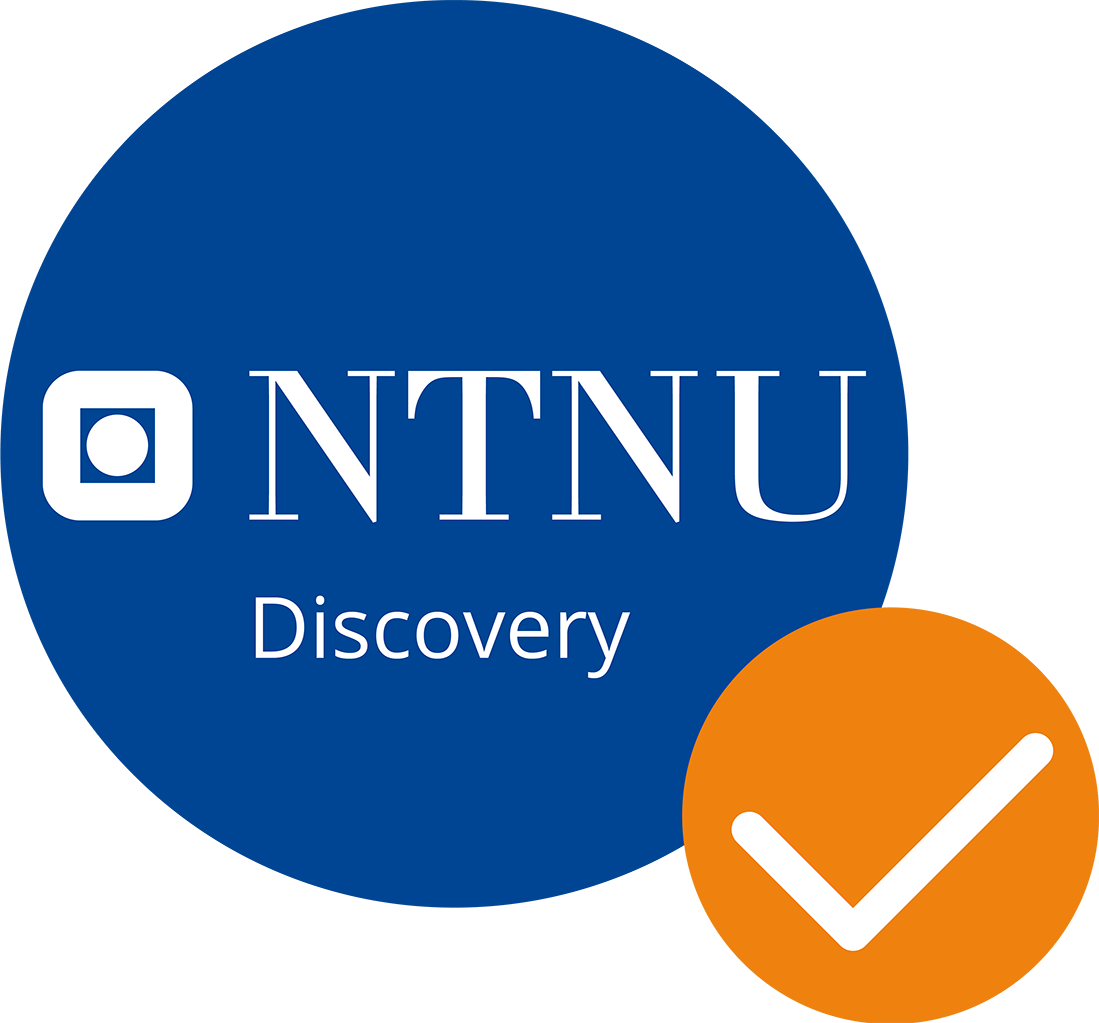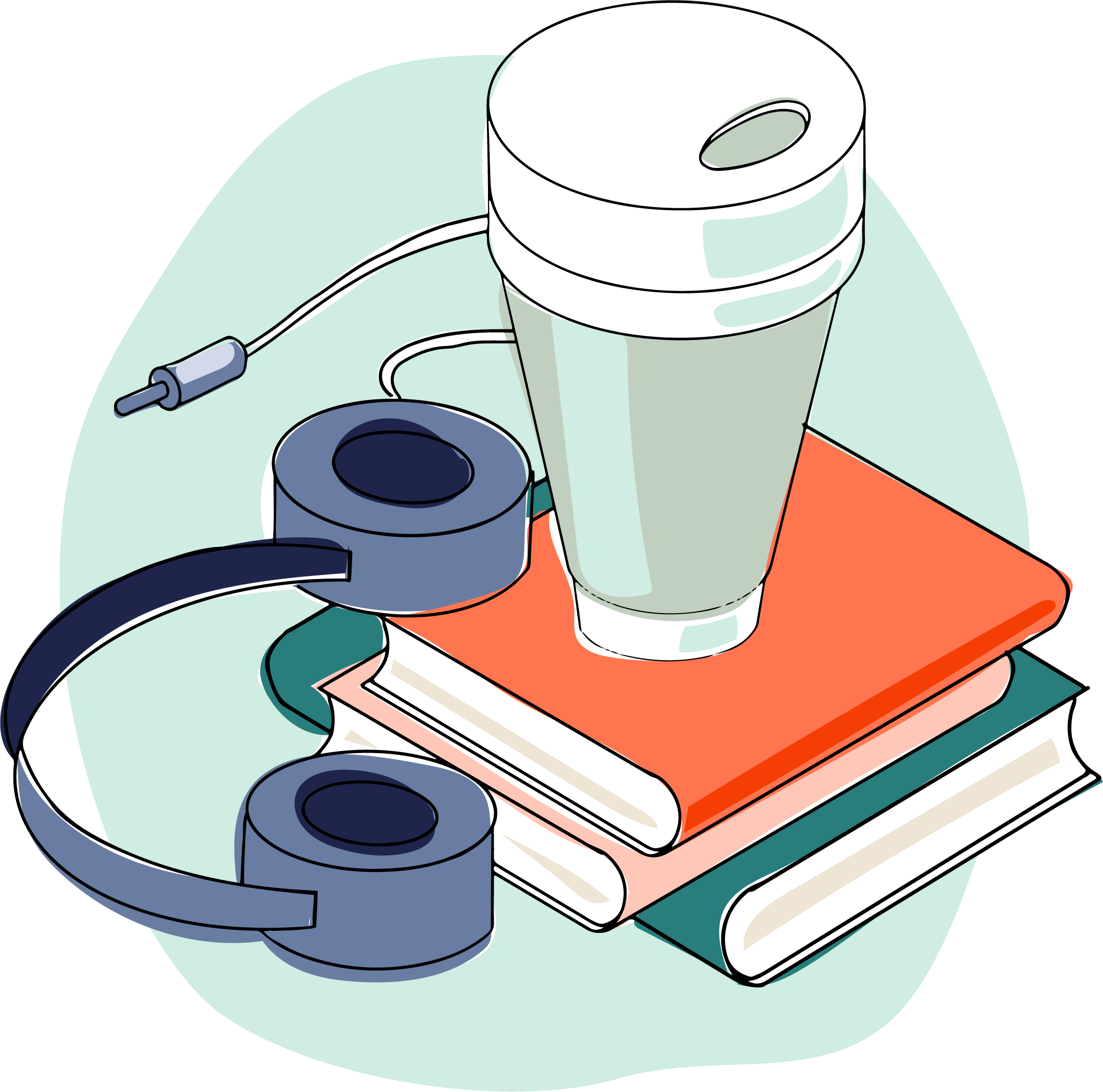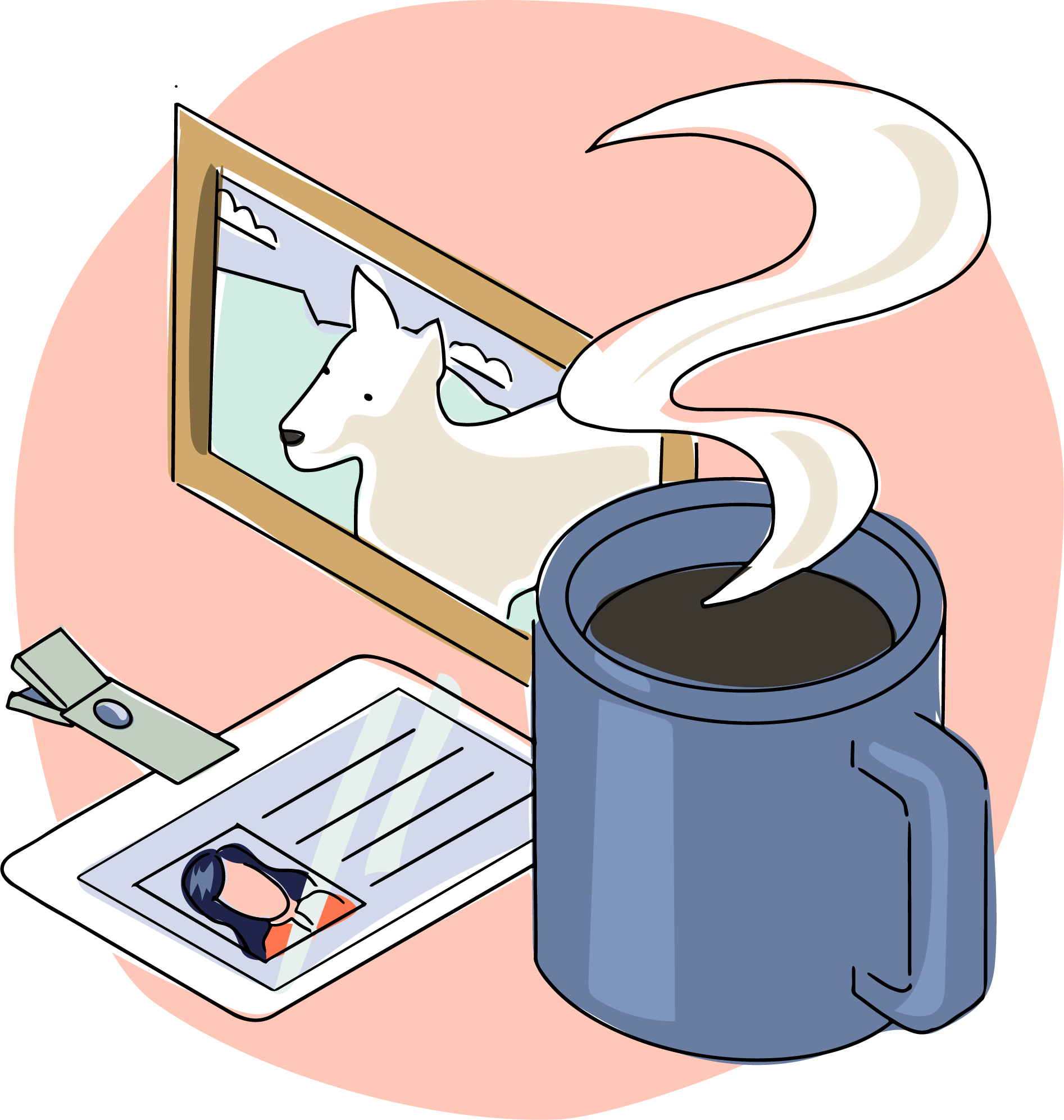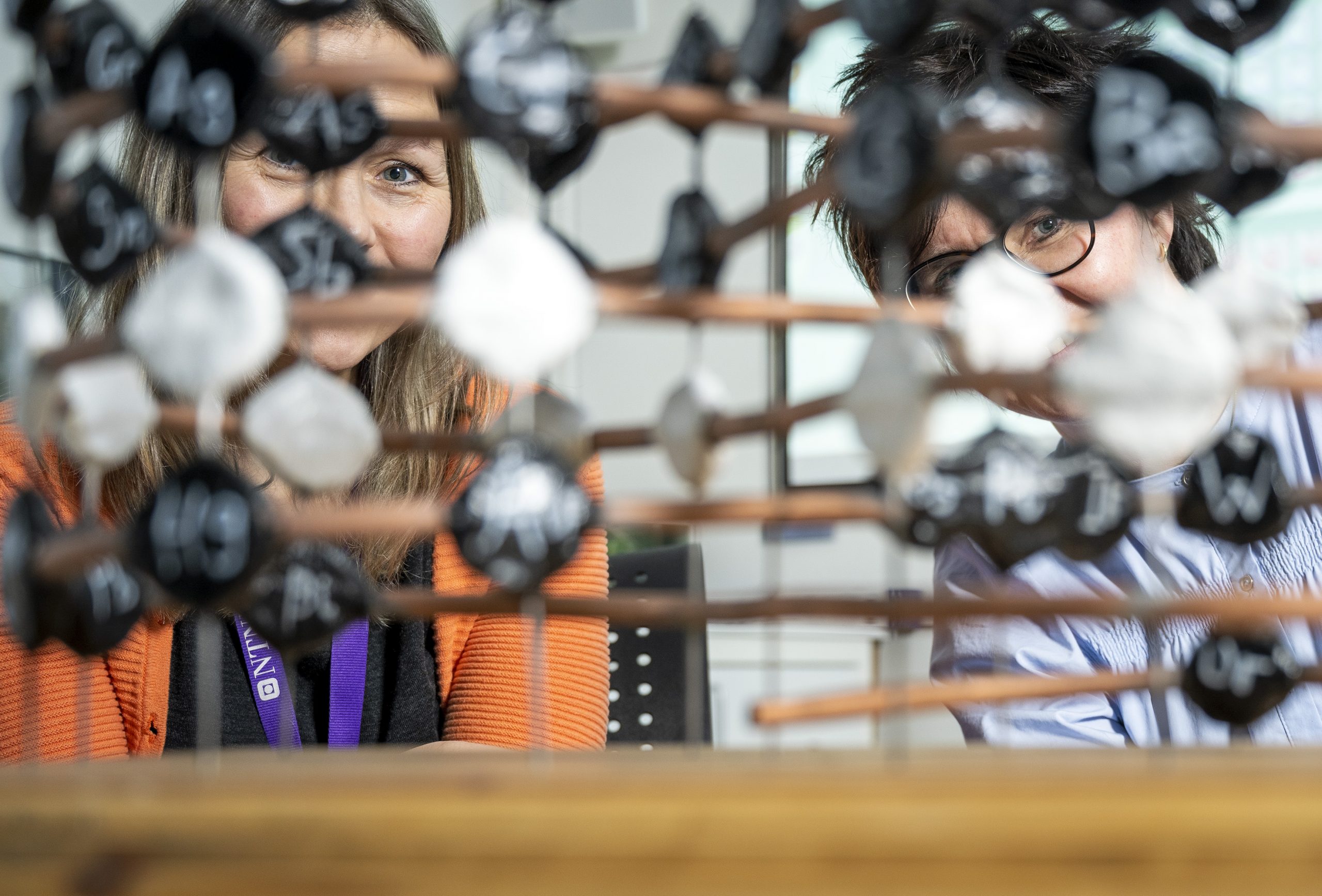
Unni Eikeseth og Annette Lykknes bak en modell av periodesystemet laget av William Crookes i 1898. Modellen er laget av studenter i emnet Episoder fra naturvitenskapens historie høsten 2019 i samarbeid med finmekanisk verksted ved Fakultet for naturvitenskap.
God kjemi i klasserommet
Tekst og foto: infinitiv.no
Grunnstoffblokka er en digital læringsressurs som skal gjøre periodesystemet og naturvitenskapelige arbeidsmetoder relevant og interessant for elever.
Du husker kanskje de gangene du lærte om periodesystemet, selve bærebjelken i forståelsen av kjemifaget. Tabellen ordner alle de til nå 118 kjente grunnstoffene fra hydrogen til oganesson etter antall protoner i atomkjerner, sortert i grupper, hvor grunnstoffene har like egenskaper, og i perioder, hvor grunnstoffene har like antall elektroskall… og, omtrent her falt nok du og mange av elevene rundt deg inn i lett dagdrøm.
– Jeg pleier å spørre kjemilærerstudentene mine om å tenke på hvordan de skal starte å snakke om periodesystemet, og de alle fleste går rett på å snakke om atomtall, elektroner og slikt, sier professor Annette Lykknes ved Institutt for lærerutdanning.
Sammen med kollegaen førstelektor Unni Eikeseth arbeider de med å lage Grunnstoffblokka, en digital læringsressurs som skal gjøre det lettere for lærerne å undervise om periodesystemet på ulike nivåer i skoleverket. En sentral del av læringsressursen er å bidra til forståelse for hvordan vitenskapen har kommet fram til all kunnskapen som er samlet i periodesystemet.
Neglisjert tema
Unni Eikeseth mener at det er et stort behov for slike læringsressurser. Hun mener naturvitenskapelige praksiser og tenkemåter er stemoderlig behandlet og delvis neglisjert og overforenklet i norske lærebøker.
– Det er få ressurser, om noen i det hele tatt, og i hvert fall lite på norsk. Forskninga tyder på at lærerne synes det er vanskelig å undervise om naturvitenskapens praksiser og tenkemåter, og de har lite å hjelpe seg med, sier hun.
Med seg på laget har de det digitale historiefortellingsselskapet Ablemagic, som lager det grafiske grensesnittet og den digitale løsningen. I første omgang har de fått støtte til å utvikle tidslinjen, som er én av de tre modusene som Grunnstoffblokka skal bestå av.
Tidslinje
I tidslinjen får elevene utforske vitenskapshistoriske høydepunkter fra Aristoteles elementlære, til Dmitrij Mendelejevs periodesystem i 1869 og jakten på andre supertunge, ustabile grunnstoff med levetid på noen få mikrosekunder i kjernefysiske forskningsanlegg.
Men målet er ikke bare å ta fram de store høydepunktene i kjemihistorien som mange av oss har hørt om fra før av.
– Det er viktig å få fram at vitenskap foregår som et samarbeid mellom mange mennesker, og at den sjelden er arbeidet til et geni som oppdager noe. Vi vil løfte fram nye historier, for eksempel at kvinner har bidratt og at det er et mangfold av ulike personer fra ulike kulturer som har arbeidet med periodesystemet opp gjennom tidene, sier Unni Eikeseth.
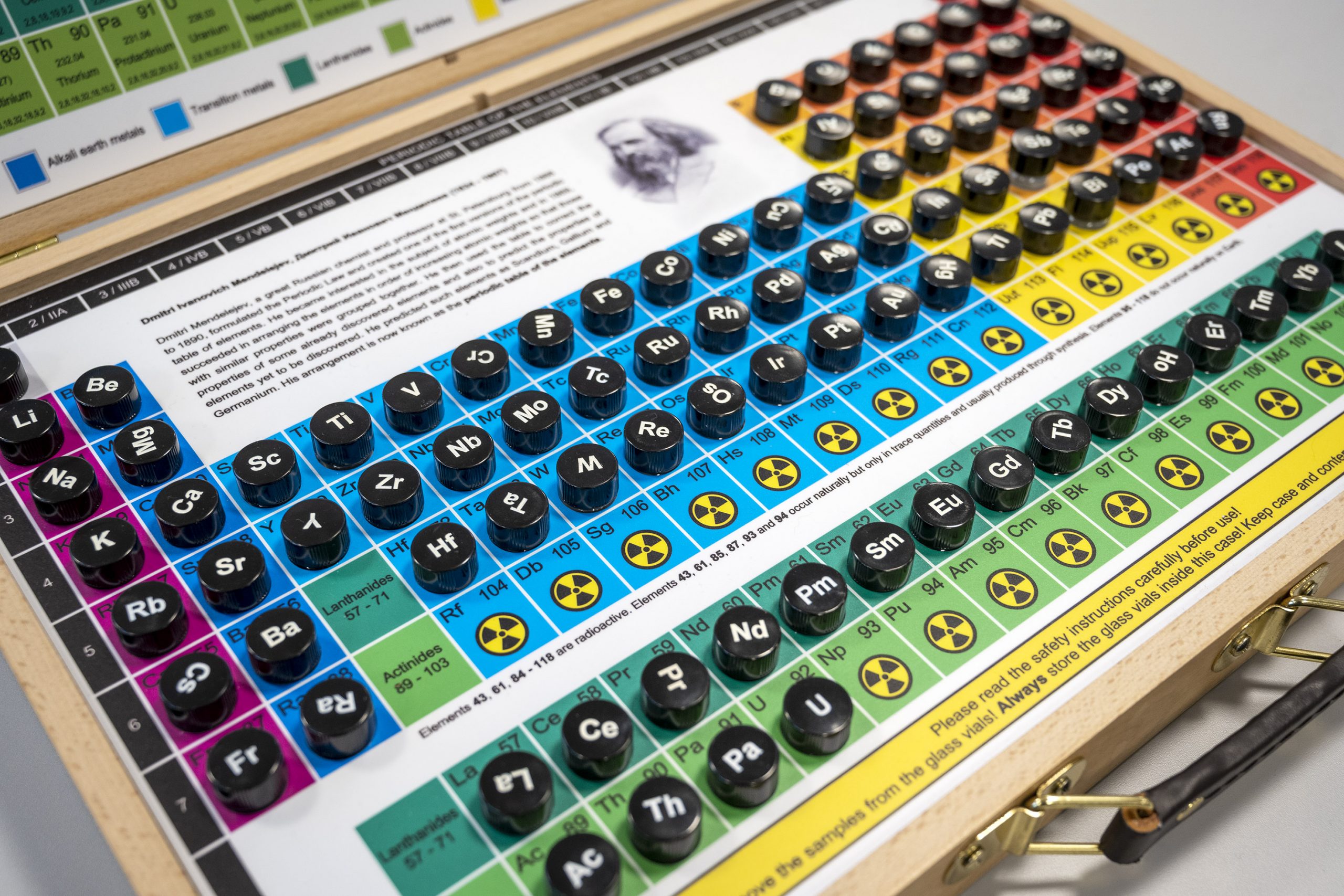
Kvinners bidrag i periodesystemet
Annette Lykknes har vært redaktør for en bok om nettopp kvinners bidrag til periodesystemet, og flere av disse kvinnene vil elevene finne igjen i tidslinjen. Marie Curie har en selvsagt plass, som den første som fikk nobelprisen to ganger (i både fysikk og kjemi) før hun døde av anemi framkalt av store strålingsdoser i 1934. Marie Curie oppdaget to grunnstoffer, polonium og radium, sammen med ektemannen Pierre Curie i 1898.
Men elevene kan også lære om den mer ukjente Émilie du Châtelet (1706–1749), som ble den første kvinnen som skrev en avhandling for det franske vitenskapsakademiet. I 1736 utlyste akademiet en konkurranse om beste vitenskapelig arbeid om ild, som på den tiden ble sett på som et av fire grunnstoffer (sammen med jord, luft og vann. Du Châtelet bidro til forståelsen av hva som kjennetegnet ild.
Forskningsbasert læremetode
Et av poengene med tidslinjemodusen er å bruke episoder fra vitenskapshistorien til å lære om kjennetegn ved det nye kjerneelementet «naturvitenskapelige praksiser og tenkemåter», som er et sentralt punkt i læreplanen.
– Vi legger vekt på at forskere er mennesker, så den menneskelige biten er viktig. Vi vil vise at de bruker sin egen erfaring og kreativitet, sier Unni Eikeseth.
Tilnærminga til undervisning i temaet er basert på forskning som viser at en aktiv og reflekterende undervisning er veien til for å få en dypere forståelse av faget. Gjennom å gi innsikt i ulike epoker i vitenskapshistorien relevante for periodesystemet, særlig hvilke metoder som ble brukt og hvor komplekse historiene om grunnstoffoppdagelse egentlig er, vil de vise fram naturvitenskapelige praksiser før og nå.
Interaktiv nettapplikasjon
Et viktig aspekt med Grunnstoffblokka er å utvikle gode oppgaver tilpasset ulike nivåer. Elevene bruker blant annen tidslinjen til å finne svar på spørsmål av typen «hvilke metoder ble brukt til å påvise nye grunnstoffer tidlig på 1800-tallet?» og «hvordan ble et grunnstoff definert og forklart tidlig på 1700-tallet og sent på 1700-tallet?» eller «hvilke vitenskapsfolk bidro til oppdagelsen av oksygen?»
I første omgang vil Grunnstoffblokka være en interaktiv nettapplikasjon som kjøres i en nettleser. Den vil være tilgjengelig for alle når den er ferdig utviklet.
Grunnstoffblokka har fått 200.000 kroner fra NTNU Discovery til å utvikle tidslinjemodusen og teste denne ut på lærerstudenter.
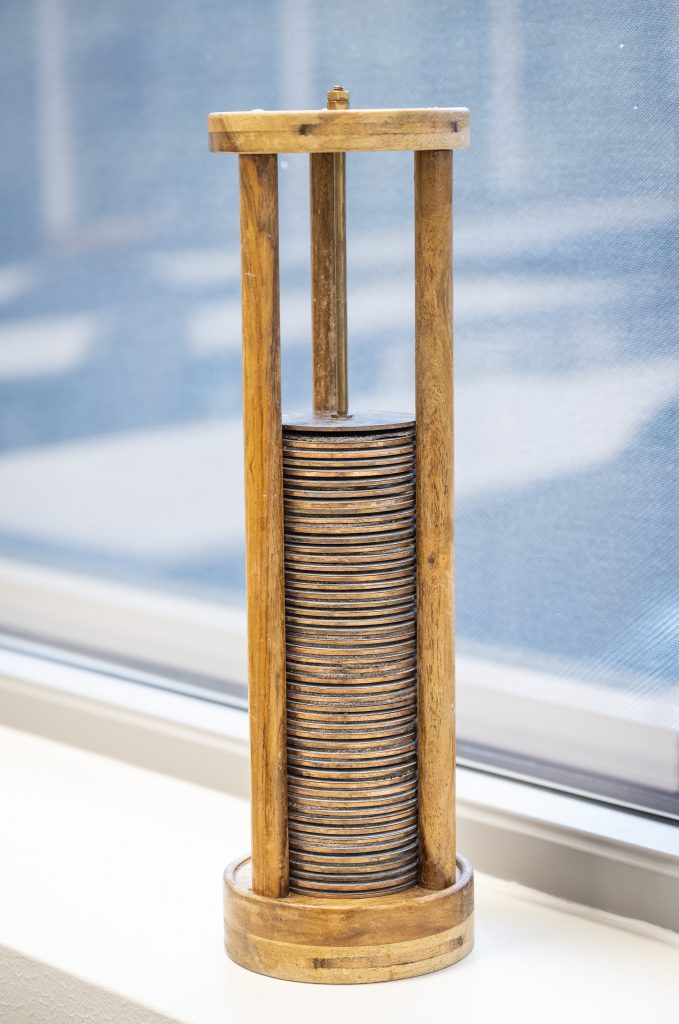
Denne modellen av det første batteriet fra 1800 er laget av Lise Kvittingen og Per-Odd Eggen i samarbeid med finmekanisk verksted på Fakultet for naturvitenskap. Modellen brukes jevnlig i undervisningen på lærerutdanninga.
Andre nyheter
Nye millioner til ansatte og studenter
Stor prisutdelingskveld med tildeling av hovedprosjektmidler fra NTNU Discovery under arrangementet Tech, Hugs and Rock’n’Roll på Digs torsdag 5. juni.
Femten minutters bedømmelse
Du får femten minutter til å overbevise juryen i NTNU Discovery om at ditt prosjekt er verdig støtte til hovedprosjektmidler.
Kunnskapsmangel gir kattepine
Hvis katter skal leve opp til ryktet om å ha ni liv, må katteeiere få mer kunnskap om kjæledyrene som okkuperer fanget vårt mens vi ser på TV og holder oss med selskap når vi går på do.
Millioner til banebrytende idéer
Lyddempende paneler limt sammen av sopp. Avansert mikroskopkamera som filmer hjerneceller på aktive forsøksdyr. Miljøvennlig gassinjektor til øyekirurgi som reduserer risikoen for komplikasjoner og klimautslipp. Dette var noen av de innovative oppfinnelsene som ble tildelt NTNU Discoverys hovedprosjektmidler ved utdelingsseremonien på Gruva på Gløshaugen torsdag 7. november.
Operasjon og innovasjon
Helse Midt-Norge RHF er en trofast hovedsamarbeidspartner til NTNU Discovery. Det betyr at alle ansatte i regionens største arbeidsplass, rundt 22.000 i tallet, kan få støtte til å teste ut om idéene sine har et kommersielt potensial.
Kontakt:
Prosjektleder
Jan Hassel
Epost: jan.hassel@ntnu.no
Telefon: 906 53 180
Kontor: Hovedbygget, sokkel
Håvard Wibe
Epost: havard.wibe@ntnu.no
Telefon: 41 47 37 68
Kontor: Hovedbygget, sokkel

